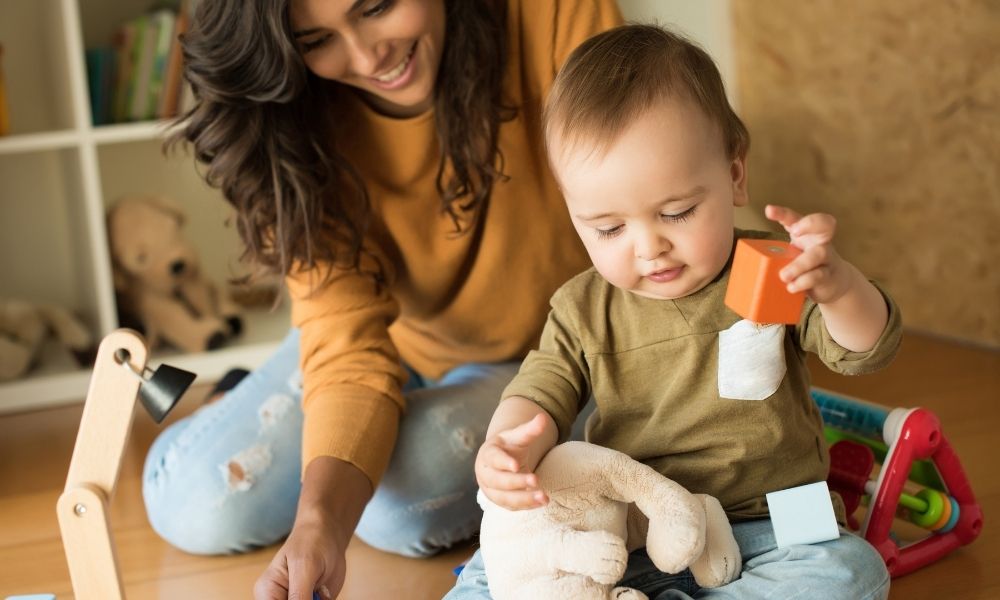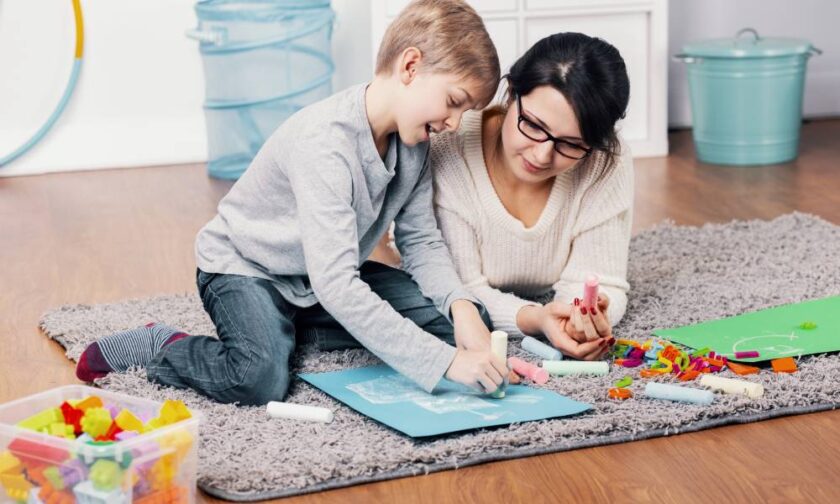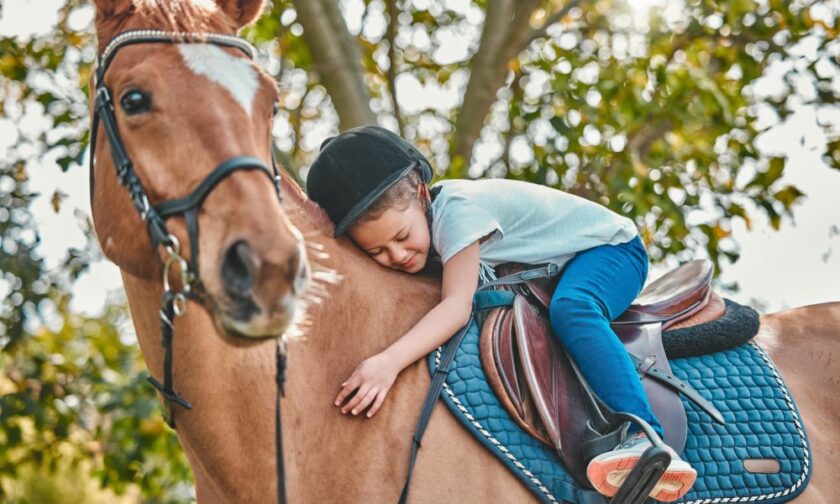One of the most critical skills humans must learn is handwriting. Developing the pincer grasp is a vital foundation for the handwriting process. But these skills start when a child is only a few months old. Fostering an environment where your baby can learn and develop these intricate skills is essential.
Let’s explore the best toys for developing the pincer grasp and how you can encourage your children!
What Is the Pincer Grasp?
Understanding the pincer grasp can be useful in supporting your child’s development. The thumb and the index finger are in charge of retrieving small items. Your hand must pinch the thing to pick it up. But in developing children, this takes practice, muscle, and skill to be able to bring it all together.
Building Blocks
The introduction of a quality set of blocks can happen as young as 6 months, but most often around 12 months. While the pincer grasp should be in progress between 8 and 10 months, not every child follows this growth pattern. When you introduce a set of blocks, you give your child the ability to open their hands and explore every muscle.
Peg Puzzles
A step above blocks is a classic peg puzzle. The pegs provided are the perfect size to allow for focus and room for growth. Their pincer should get stronger the more they pick up and replace the pieces, and this can help them graduate to a stronger grasping technique. To complete the puzzle, they must be able to pick up the piece with enough strength to carry it to its designated home.
Board Books
Board books are one of the best toys for developing the pincer grasp. This is because turning the pages of board books requires additional focus and technique. To lift the page and turn it successfully, a child must slow down, pinch tightly, and raise the page, typically in one motion. Grasping the page requires a focused pinch, and as they master the board book, you can introduce books with thinner pages.
Sensory Boards
Sensory boards are excellent for developing various grasps and techniques. But things like a zipper, buttons, and locking enclosures can contribute to the pincer grasp. These are also great choices when working on many skills at once, and your child can grow with the board or revisit specific skills. It’s best to wait until your toddler reaches three years or older before introducing such a complex set of skills.
Lacework
A fantastic way to develop the pincer is with lacework. This can happen in various forms and in a range of ages. Starting around eight and ten months, you can offer a shoestring with large block-sized beads, and as they get older, you can change the sizes and lengths. Getting the string through the beads requires patience to focus and builds strength in the pincer.
Parents can choose from a number of ways to work on pincer grasp with their children. There are so many toys in the toy aisle that knowing where to start can feel challenging. Once you pinpoint the specific focus area, you can begin to find the best toys to help develop skills. And as always, remember that your child will move at their pace, and you’re doing your best!






